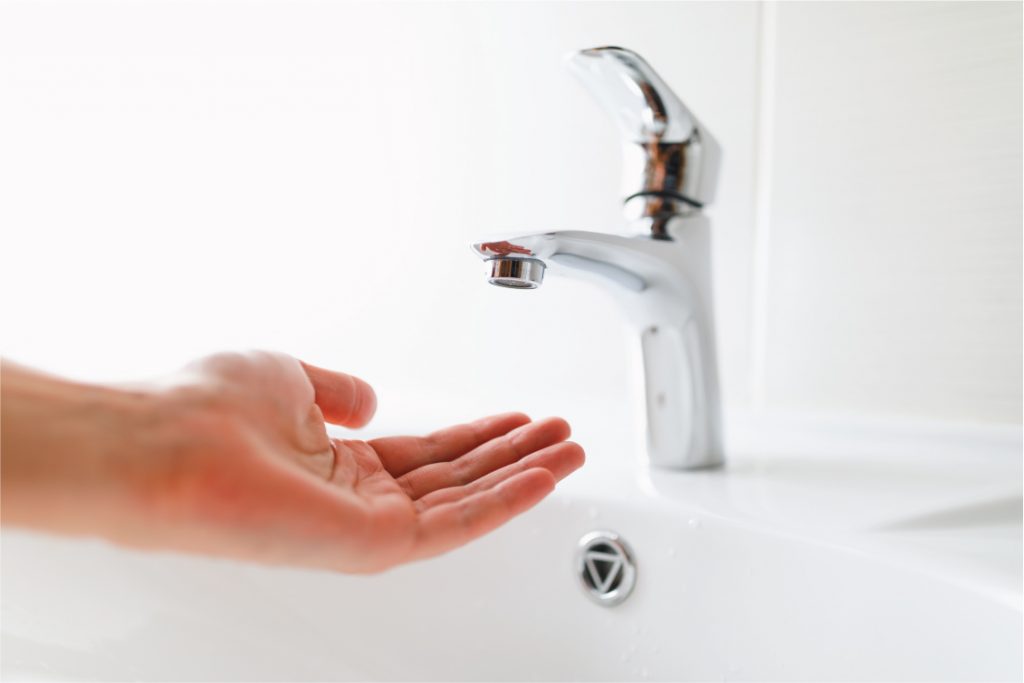What To Do if You Have No or Low Water Pressure in Your House
Suffering from no or low water pressure in your house can be a pain, especially if you have a busy schedule, but worry not. A&D Plumbing services are here to help you identify and offer solutions to overcome your plumbing problems.

What causes no or low water pressure?
Having low water pressure in the house all of a sudden can be a frustrating position to be in, so let’s find out what’s causing low water pressure in the house. The most common problems are as follows:
Problematic water pipes causing low water pressure
Old houses are likely to have steel pipes, which can eventually become blocked or corroded. If this is the case, you should contact your local plumber and they will be able to remove the old pipes and fit new ones. Although a more costly solution, it’s likely you’ll never have to replace them again. This is usually a last resort option and all other concerns will be investigated first before turning to replacing pipes.
Fixture specific low water pressure
When you experience low water pressure in just one area of your home, you’re experiencing ‘fixture specific, low water pressure’. If you notice this, there’s no large underlying problem, it’s likely to be caused by the valves integrated into your home’s system. Most kitchens will have a cupboard situated under the sink, where pipes are accessible. In the event of low water pressure in your kitchen, find the valve underneath the sink and turn one full rotation, clockwise (do this gently). If your water is back to normal, it’s likely that the valve has been knocked and needs repositioning.
Blocked faucet aerator causing low water pressure
At the end of the majority of taps and showers, there’s an aerator, which works to ensure a consistent stream. Sometimes, low water pressure can be the result of mineral deposits and debris buildup within the aerator. All you need to do is give the tap a good clean, remove the aerator (usually by unscrewing the end) and gently clean the part. Take note of where each part goes and reassemble once clean.
You can soak a faucet aerator in vinegar for a few hours and use a cotton bud to gently remove any remaining dirt inside the tap from where the aerator came. After three hours, rinse the aerator and place back inside the tap fixture.
In the event, you remove the aerator to find that it is damaged, replace with a brand new one.
Pressure meter causing low water pressure
Check your pressure meter that’s typically situated on the outside of your home. If you’re not sure where it is – search online to find some visual guides that’ll show you what it looks like and where it can be found. When you find it, turn it clockwise to open the valves and try the water inside your home once again. Like under the kitchen sink, it’s likely that this valve has been knocked slightly and just needs readjusting.
Water pressure regulator causing low water pressure
Sometimes water pressure regulators can cause low water pressure due to age, wear and tear. If you’ve tried all the suggestions above, it’s likely to be a water pressure regulator that’s causing these issues and A&D Plumbing recommends that you call in a professional to solve this problem.
What to do with no or low water pressure?
Search for local issues within your area
Look at your water provider’s website to see if there have been any reported issues within your local area.
Ask your neighbours if they’re experiencing no or low water pressure
Friendly with your neighbours? Knock on their door and ask them if they’re experiencing low or no water pressure too. If they are having the same issues then this needs to be reported to your water supplier.
If they aren’t having any issues, then it’s a problem with your home’s internal plumbing.
For those living in blocks of flats, be sure to speak with building management or your local authorities to get this issue fixed.
Test your cold kitchen faucet
The main water supply in any home is typically through the kitchen tap. If cold water is coming through fine but not in other areas of your home, then you have an internal issue.
Ensure your stop valves are open
Check the water valves in your home and see to it that they’re fully open, to allow maximum water pressure throughout the house.
See to it that the pipes aren’t frozen
If it’s been particularly cold out, check visible pipes over to ensure they’re not damaged or frozen. Frozen pipes can be the cause of no water pressure in your house.
Call the local professionals
If you’re at all unsure about your plumbing or why you’re experiencing little or zero water flow, get in contact with A&D Plumbing. We have a wealth of experience and promise that you will be assisted by a fully qualified and insured engineer. We aim to beat any price and do not charge for call-out fees. For more information about our plumbing services – get in touch today – we’re happy to help.




